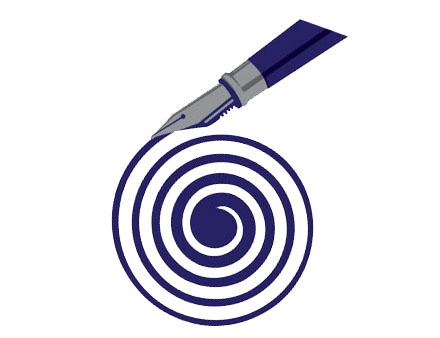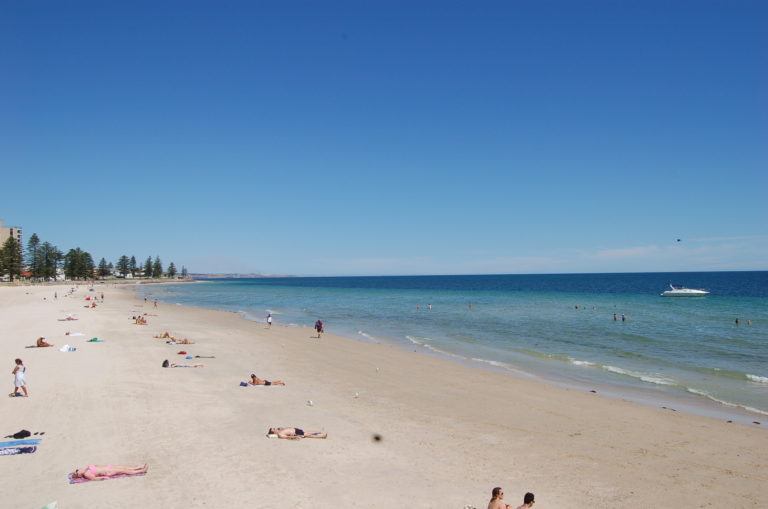
When you bring up the subject of grammar, punctuation is probably what most people think of. There’s definitely a popular conception of the “grammar police” as the folks who tell you that you have all your commas in the wrong places.
Yet ironically, most of the time we don’t give punctuation too much thought. At least not until we come across a piece of writing that clearly doesn’t adhere to the norm, such as this excerpt from Ulysses by James Joyce that has…no punctuation whatsoever. When we struggle to make sense of a passage like this, we realize the importance of punctuation, which The Chicago Manual of Style explains well: “to promote ease of reading by clarifying relationships within and between sentences.”
So let’s take a few installments to review the most common punctuation marks. But don’t worry—I’m not going to overwhelm you with every obscure rule from every style manual ever written. (If I did, I’d be writing these posts until the end of time.) We’ll keep Chicago’s wisdom in mind by keeping just to the most commonly used rules, the ones that do most of the work in making texts clear and easily readable.
We’ll start today with arguably the most basic punctuation mark: the period.

I often think of these birds as the period of the avian world. These are Sandhill Cranes, and they’re everywhere in the Florida suburbs. They seem to like nothing more than hanging out in the middle of a street in such a way as to bring traffic to a complete stop (much to drivers’ chagrin).
Likewise, a period signifies a full stop at the end of a sentence:
The Sandhill Cranes don’t seem bothered at all when drivers honk their horns at them.
The drivers, however, are usually boiling over with impatience.
The only time that the placement of periods can get a little confusing is when they’re combined with material inside parentheses. There are two possibilities:
If the words inside the parentheses form a complete sentence—that is, they have a subject (actor) and verb (action)—then the period goes inside the closing parenthesis. Look just a couple of paragraphs back up the page to see an example:
(If I did, I’d be writing these posts until the end of time.)
This is a complete sentence, so the period is inside the parentheses. If, however, the words inside the parentheses do not form a complete sentence, then no period is necessary within the parentheses. There should be only one at the end of the larger sentence. Again, look back up the page for an example:
They seem to like nothing more than hanging out in the middle of a street in such a way as to bring traffic to a complete stop (much to drivers’ chagrin).
This time, the words inside the parentheses do not form a complete sentence because there is no verb (action); the phrase merely elaborates briefly on the drivers’ reaction to the cranes. So the period goes outside the parentheses, at the end of the larger sentence.
The last major use of periods is in forming abbreviations. Did you know that there are different sets of rules about how to use periods in abbreviations? Some style guides, such as Chicago, advocate generally not using periods in abbreviations formed of all capital letters: MD, US, HIV, YMCA, NAFTA, JFK. But there are a few guides that do call for periods in abbreviations such as these: M.D., U.S., H.I.V., etc. So the bottom line is: if you’re writing according to a particular style guide, be sure to follow it. If you’re not using one, it doesn’t really matter which you do—but please pick one way and be consistent. (Personally, I go with no periods, per Chicago rules, since that’s what I’m used to.)
So let’s get some discussion going on this! Please feel free to comment below on any or all of the following:
- Out “in the wild” can you find examples of periods in abbreviations versus no periods?
- Which way do you prefer? Why?
- Are there any infuriating traffic-stopping birds (or other wildlife) in your part of the world?






